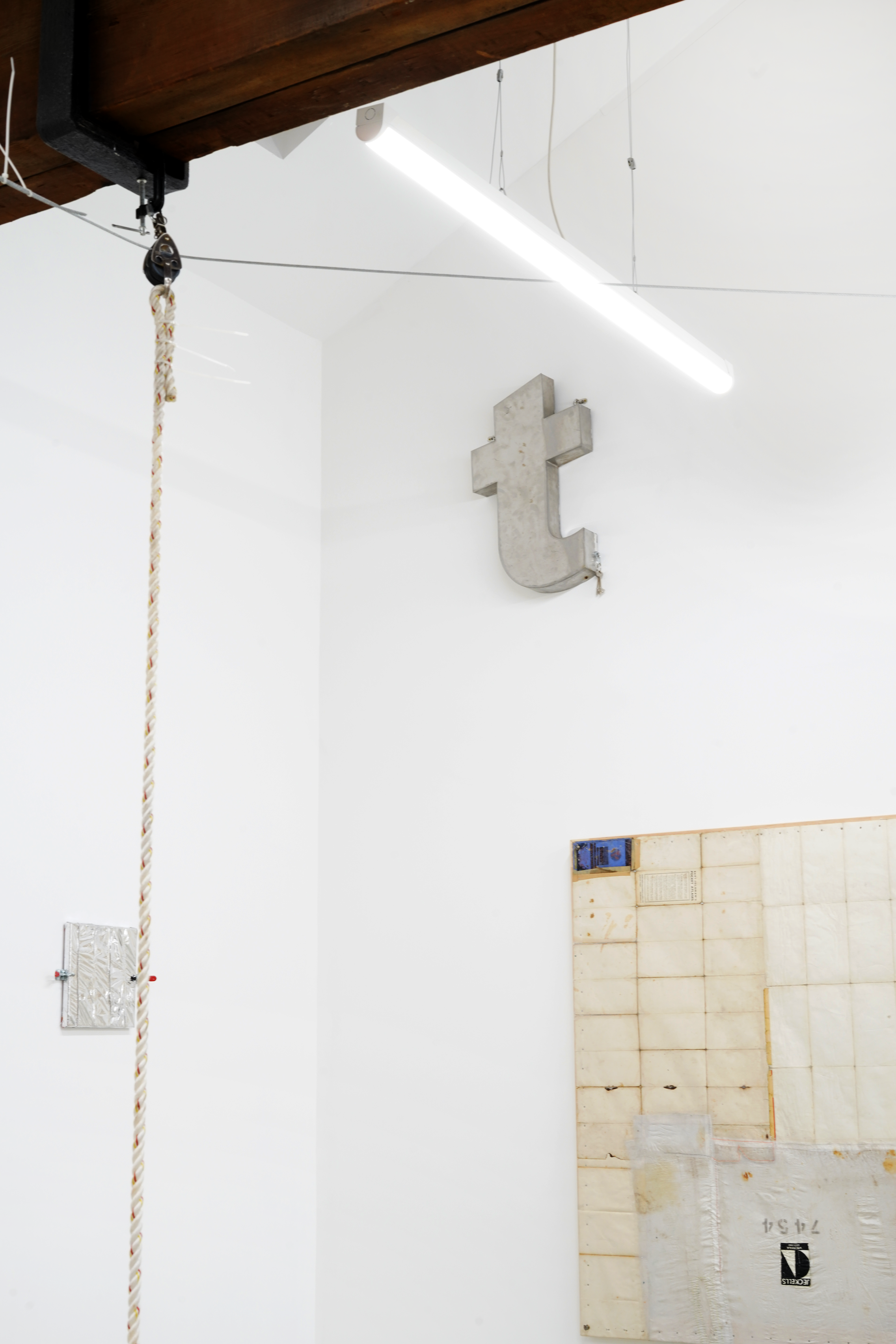Eva Dixon, Mercury 13
WIP Project Space
7th November - 11th December
On display are a collection of artefacts from the 1963 NASA Mission Mercury 13, led by American Astronaut and Aviation Pioneer Wally Funk, the collection has been preserved and restored by artist Eva Dixon and will be on display 6.11.25 - 11.12.25.
On November 6th 1963, Mary Wallace (Wally) Funk took off from Launch Complex 14 (LC-14) at Cape Canaveral, Florida. The launch, originally planned for October 29th, was delayed to the following week due to sub-optimal weather conditions blown in from the Bahamas by Hurricane Ginny. Despite the delay, Funk seemed in high spirits ahead of lift off, ready to make her mark as one of the first 13 female-astronauts at NASA to pass ground training and head for orbital flight. Narrowly beaten to be the first woman in space by Soviet Cosmonaut Valentina Tereshkova just 5 months prior, Funk is determined to surpass NASA’s previous endurance record which stood in 1963 at 34 hours and 22 orbits of the earth. The mission, whilst hoping to smooth out some of the kinks encountered during Gordon Cooper’s May orbital mission, ‘Faith 7’, aimed to bring the number of orbits closer to that of the soviets record of 82 Orbits, and pending it’s success, is the last of the Mercury missions before moving on to the new ‘Gemini’ stage of space exploration.
Funk, brushing off concerns for the length of time she would be aboard Mercury Atlas - 15 or ‘Little Lady 13’ on the solo mission, claims ‘I once spent 13 hours in a sensory deprivation tank during training, and they pulled me out. At least up there there’ll be something to look at.’. Whilst a slight exaggeration, Funk does hold the training record for longest time in the sensory deprivation tank, ringing in an impressive 10 hours and 35 minutes, without suffering any hallucinatory side effects. Say what you will about a woman's place in space, one thing is clear, Wally Funk was born to be an astronaut.
In an example of her exceptional piloting, Funk righted the path of ‘Little Lady’ when, on re-entry, the capsule began barrel rolling in a hurtle towards the Pacific Ocean. In a manual override of the re-entry protocol, Funk, with her propensity for nosediving, corrected the course only landing 4.7km out of her designated landing spot. Funk was picked up by a group of trawler fishermen while awaiting the US coast guard. All in all Funk spent just over 40 hours in flight, completing 26 orbits of Earth.
—
In Mercury 13, Eva Dixon evokes a fantastical narrative following the mission of the same name, where 13 women, after passing gruelling Astronaut training cloaked under a media blanket, were denied their chance at space flight after the programme was scrapped in 1962. Objects: woven fire hose, shiny industrial panels and a make-shift command module, built from reclaimed timber and stolen street signs, act as artefacts of Dixon’s alternate timeline, in which Wally Funk, an American aviation pioneer and member of the Mercury 13 in 1961, was the first American woman sent to space.
Text by Olivia Rumsey
—
For artwork inquiries, please email info@particularideas.com











